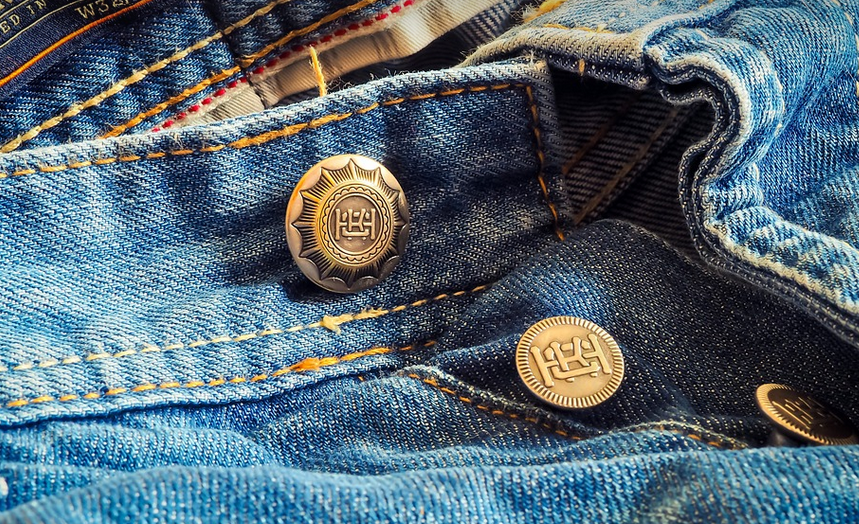Staying Safe With Non-Latex Gloves: A Complete Guide To 2024

Understanding the Importance of Latex-Free Gloves
The world of healthcare, industry, and scientific research is bustling with activity. Amidst this dynamism, maintaining safety standards has become paramount. One crucial aspect in these fields is the utilization of gloves, protective barriers that shield hands from potential hazards.
For years, latex gloves reigned supreme as the go-to choice for protection.
However, a growing number of individuals have sensitivities and allergies to natural rubber latex (NRL).
This poses a significant challenge in workplaces where handling chemicals or working with biological agents is necessary. Latex allergies can manifest in various ways: from skin irritation and rash to severe anaphylactic shock.
Fortunately, the landscape has shifted significantly! Non-latex disposable gloves have emerged as a viable alternative, offering numerous benefits that make them an increasingly popular choice for professionals and individuals alike.
These non-latex gloves are meticulously crafted from various materials such as vinyl, nitrile, neoprene, and even rubber alternatives like silicone. Each material possesses unique properties that cater to diverse needs.
Let’s explore the key features and benefits of non-latex disposable gloves, shedding light on their versatility and suitability for various applications.
Why Choose Non-Latex Gloves?
The shift towards non-latex gloves has been driven by several compelling reasons:
**1. Safety for Individuals with Latex Allergies:** The most significant advantage lies in their ability to provide a safe and comfortable option for individuals who are allergic or sensitive to latex.
**2. Enhanced Protection Against Chemicals and Biological Agents:** Many non-latex gloves offer superior resistance against specific chemicals and biological agents compared to latex gloves, making them ideal for handling hazardous materials.
**3. Versatile Applications:** Non-latex gloves have found their place in a wide range of industries and professions.
**4. Durability and Performance:** Most non-latex gloves boast excellent durability and performance, resisting punctures, tears, and abrasions, ensuring extended lifespan for users.
**5. Enhanced Comfort:** Non-latex gloves are often crafted with soft and flexible materials that offer enhanced comfort during long hours of wear. Some even come with special coatings to reduce friction and irritation for hands.
**6. Cost-Effectiveness:** The cost-effectiveness of non-latex gloves often proves advantageous, especially in bulk orders, making them a practical choice for large operations.
Materials: The Science Behind Non-Latex Gloves
Non-latex gloves are meticulously crafted using different materials that cater to specific needs.
**Vinyl:** Commonly used in medical settings, vinyl gloves offer excellent resistance against chemicals and punctures while remaining comfortable and flexible. They are a good option for handling oily substances or working in environments where frequent hand washing is necessary.
**Nitrile:** Known for its exceptional chemical resistance, nitrile gloves provide strong protection against harsh chemicals like acids and solvents. These gloves are ideal for industrial settings and laboratory work involving hazardous substances.
**Neoprene:** Neoprene gloves excel at insulation against cold temperatures and water resistance. They are best suited for tasks where prolonged exposure to cold or wet conditions is expected, such as medical procedures or working outdoors in harsh weather conditions.
**Silicone:** Silicone gloves offer excellent tactile sensitivity and flexibility while being resistant to a wide range of chemicals. They are often favored by healthcare professionals for delicate surgical procedures.
Choosing the right material for your needs depends on factors like the specific work environment, potential hazards, and personal preferences.
The Future of Non-Latex Gloves: Innovations and Advancements
The journey toward safer and more efficient non-latex gloves continues to evolve. New advancements in materials science are constantly pushing the boundaries of what’s possible.
Here are some exciting developments:
**Biodegradable Gloves:** A growing focus on sustainability has sparked research into biodegradable gloves made from natural or plant-based polymers. This innovative approach minimizes environmental impact while delivering excellent performance.
**Electrostatic Gloves:** These gloves incorporate conductive materials that help dissipate static electricity, a vital feature in applications where electrical hazards are present.
**Smart Gloves:** The future of non-latex gloves will likely be marked by smart technologies. Imagine gloves with integrated sensors to monitor health parameters or even offer early warnings of potential health risks.
**Personalized Fit:** Advanced manufacturing techniques allow tailoring gloves for specific hand shapes and sizes, providing a more comfortable and secure fit.
As research continues to unravel the possibilities, expect to see further innovations in non-latex glove technology, addressing new and emerging challenges while remaining tailored to our evolving needs.
Conclusion: Embracing the Safety Revolution
The shift towards non-latex disposable gloves is a reflection of ongoing progress in material science and a growing awareness of individual well-being. These advancements are reshaping the landscape of safety and hygiene, paving the way for a future where everyone who works with chemicals or biological agents can do so confidently and safely.
Non-latex gloves offer a plethora of benefits, from enhanced protection against various hazards to increased comfort during prolonged wear. Their diverse applications cater to a wide range of professions and industries. These innovations are not just about making work safer; they’re about fostering well-being and empowering individuals to thrive in their chosen fields.
As the world evolves, these advancements will continue to shape how we protect ourselves in our everyday lives.


